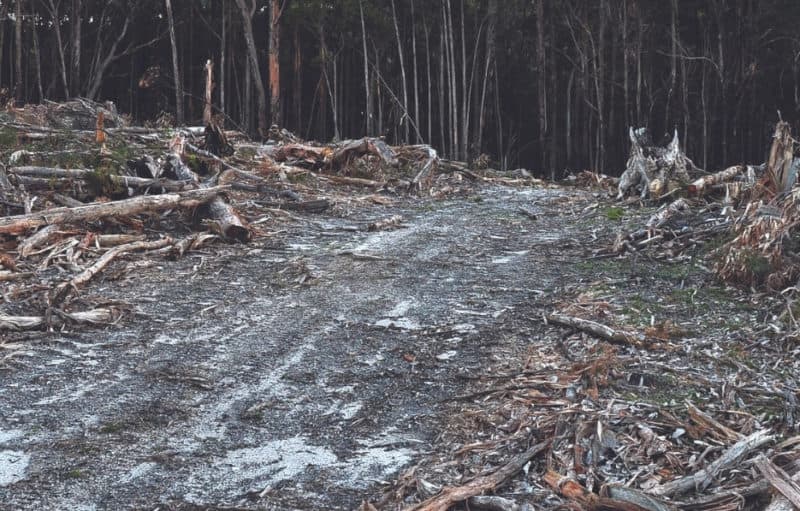PARK WATCH September 2021 |
The proposed changes to the Code of Timber Production include adding new protections for large trees in Victoria, writes Campaigner Jordan Crook.
The Environment Minister first raised in 2018 that: “all native trees across the state greater than 2.5 metres in diameter would also be protected, whether they stood in forests or along roadsides” (ABC 2018). But this is not reflected in the inadequate and vague “protection” put forward in the proposed additions to the Code, and has no basis in basic tree protection or care. It mostly provides for only a three-metre buffer, nowhere near enough to protect a large tree, and is inconsistent with how large trees are dealt with in other settings.
The Australian Standard for Protection of Trees on Development Sites (AS4970 2009) is regularly used on development and work sites and in events and festival planning. The standard is widely used across state government sites and embedded in many local government planning schemes.
The standard involves the calculation of Tree Protection Zone (TPZ). TPZ is calculated using the diameter at breast height (DBH) or 1.4 meters above ground. Using this diameter multiplied by 12 (DBHx12=TPZ), a sufficient protection zone can be established to maintain the tree’s viability and vigour.
AS4970 2009 restricts activities within the TPZ, including logging, using machinery, burning or radiant heat from post-logging burns, and allowing woody debris (“slash”) to build up around the trunk.
Using one well-known large tree as an example, the Whitelaw Tree in state forest near Mount Baw Baw, using its DBH of five meters multiplied 12 is a TPZ of 60 metres around the tree.
This is obviously far superior to the three-metre buffer proposed by the environment department.
Applying AS4970 2009 to protect large trees in logging coupes in our forests should be a bare minimum. It would not only result in the protection of large trees, but also make implementation and enforcement of regulations easier for the Conservation Regulator.
This doesn’t even consider that the use of diameter criteria for large tree categorisation neglects different vegetation types. For example, tree species in the woodlands of the western Forest Management Areas are not likely to reach 2.5 metres in diameter, but are still vital for wildlife habitat and are large trees for their vegetation types. There is a clear need to define what a ‘large tree’ is, incorporating the area and conditions the tree is found in, not just its diameter.
Did you like reading this article? You can read the latest full edition of Park Watch magazine online here.
Want to be kept up to date about this and other nature issues in Victoria? Subscribe to our email updates.
You can also receive our print magazine Park Watch four times a year by becoming a member. Find out more here.
